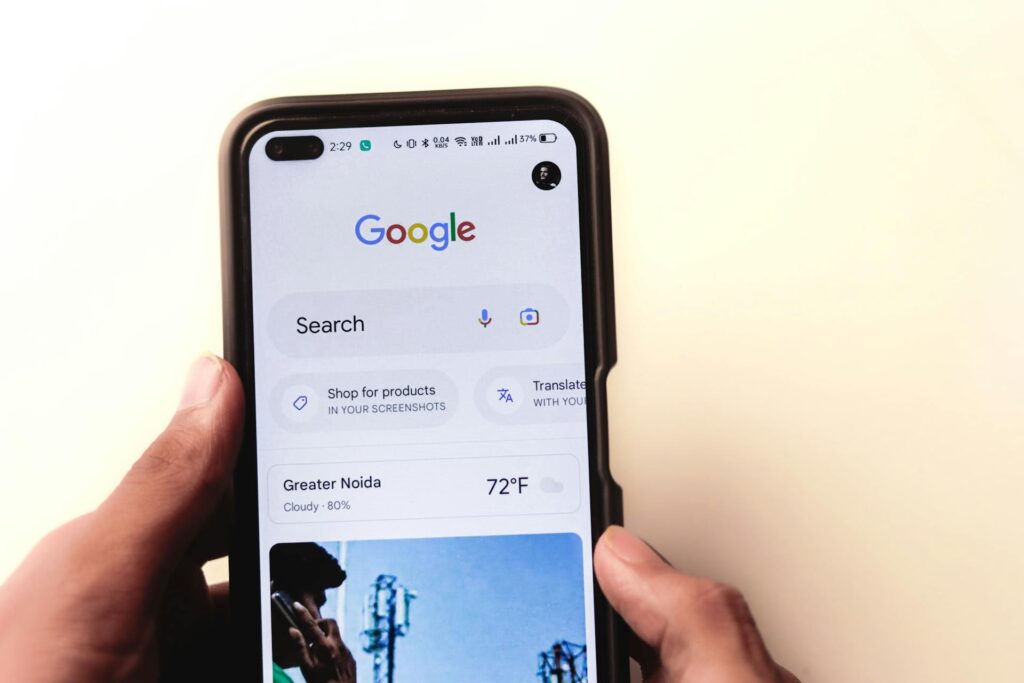The mobile phone history started as a bold vision to do away with wired form of communication. It has today grown into one of the most phenomenal inventions ever seen and experienced by man.
The invention of the telephone in 1876 by Alexander Graham Bell opened a new world of voice communication over long distances that had never been experienced before. The wireless dream of making communication mobile and free from wires was far from reality.
Today, I unfold the historical trajectory of mobile phones, stating key milestones and innovations that have shaped the industry, and also reflecting on how it has impacted our society. The wireless dream, once thought of as impossible, has continued to advance with radical technological change.
The Birth of Wireless Communication
The journey to mobile phone history is largely linked to mobile communication which took off at the turn of the 20th century when Guglielmo Marconi successfully demonstrated the transmission of signals across the Atlantic Ocean using radio waves.
The breakthrough in wireless communication identified a potential that got people thinking. It gradually became practicable in other areas especially during World War II when it made it possible for soldiers to wirelessly communicate over short distances via the then bulky “walkie-talkie” they were carrying to the battle field.
The early mobile devices were of course basic but they succeeded in sparking the imaginations that was needed to make engineers at that time who were curious enough to dream of a world where it was possible for individuals to communicate seamlessly over long distances from anywhere.
The First Mobile Phone
Mobile phone history is usually not complete if the name Martin Cooper hasn’t been mentioned. This is because; he invented the first mobile phone while working as a visionary engineer at Motorola.
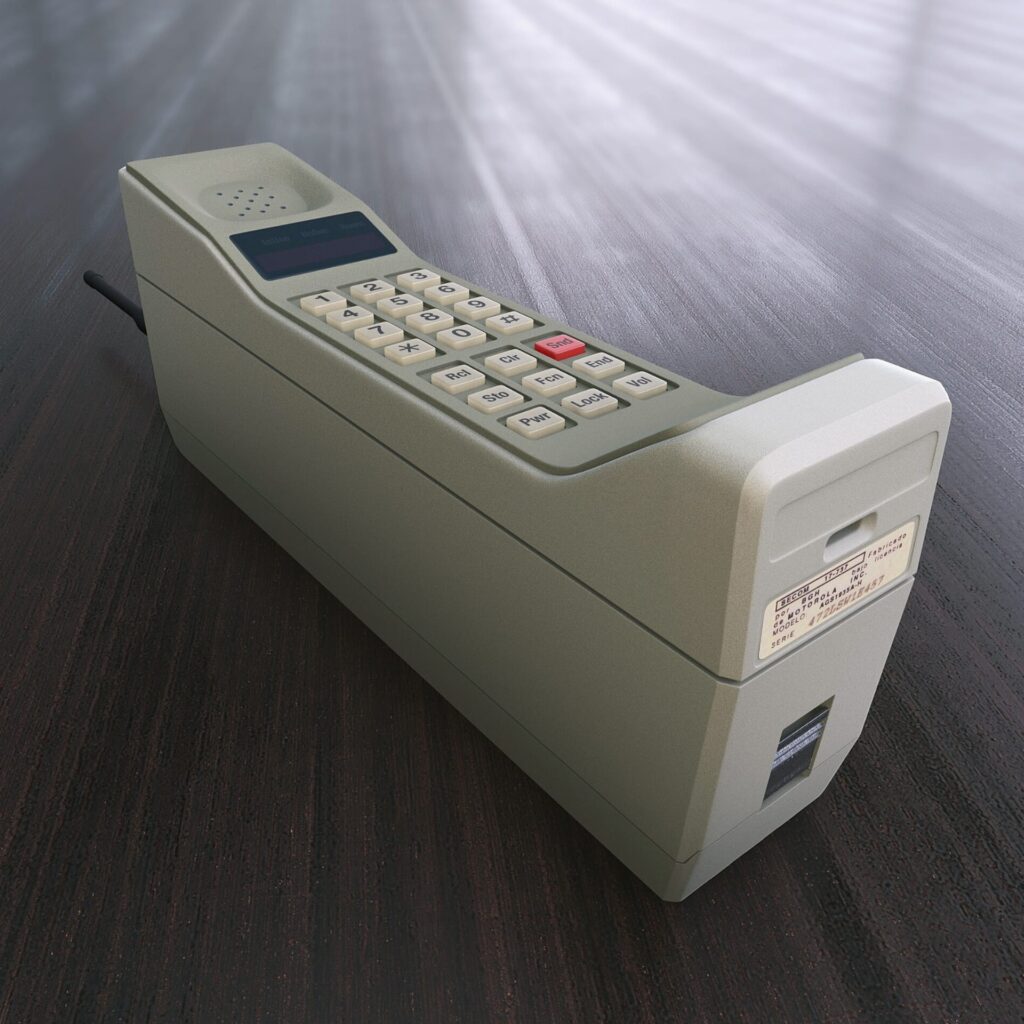
Motorola DynaTAC8000X
This happened in the early 1970s when Motorola and Bell Labs were both competing to develop a portable device that had the capability to communicate wirelessly over a cellular network. What existed at that time were car-based phones that were limited to being used in cars only.
So Copper and his team were working on creating a phone that could be carried around and not restricted to cars. On April 3, 1973, the first-ever mobile phone call was made in New York City using the working prototype they made, it was called Motorola DynaTAC8000X.
Cooper held a brick-sized device in his hand and a number that was directed to Motorola’s biggest rival at that time, Joel Engel at Bell Labs. During the call, he said “I’m calling you from a mobile phone”.
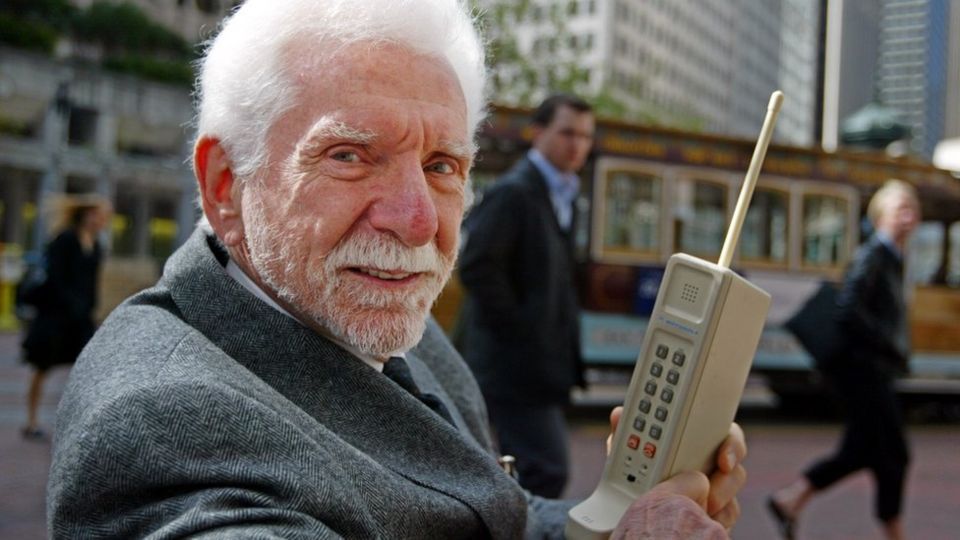
Martin Cooper
The Motorola DynaTAC was however considered huge, it weighted about 2.5 pounds, over 10 inches tall, looked bulky, had up to 10-hour charging time and 30-minutes of battery life. Funny right? Yeah, this is not practicable by today’s standard but it was amazing to see this happen.
After the first call, it took 10 years before the Motorola DynaTAC became commercially available to the public in 1983. It was selling at a staggering cost of $3,995 which was very pricey for the average person at that time. But then, mobile phone history had finally made its first step into reality.
The Rise of Cellular Networks: 1G
The early 1980s were filled with excitement as 1G (first-generation) mobile network emerged. This was due to the fact that the mobile network available at that time was analog, not very convenient and limited to few users.
Before 1G came, the first basic mobile communication system (Mobile Telephone System) that was launched in the United States happened in 1946. What followed next was an upgraded version (Improved Mobile Telephone System) that happened later in the 1960s.
The then Improved Mobile Telephone System was no doubt an upgrade but it was not without limitations especially in the area of coverage and capacity. So there was need to develop a more advance network to cater for the rising demand of this technology.
Moving on, the primary breakthrough that led to the establishment of 1G was the development of cellular technology that happened in the 1940s and 1950s. Bell labs were the brain behind this, they envision a system in which a geographical area was divided into small cells and serviced by a low-powered radio transmitter, allowing for greater coverage.
The cellular network utilise radio frequencies more efficiently and have support for more usage happening simultaneously. This technology also made it possible for phones to automatically switch between different cells (radio towers) as users move from one geographical area to another while enjoying seamless communication.
For this to happen, a concept called cellular handoff (the ability to transfer a call from one cell tower to another) was thought of and implemented. This allowed users to move freely through these regions without losing signals.
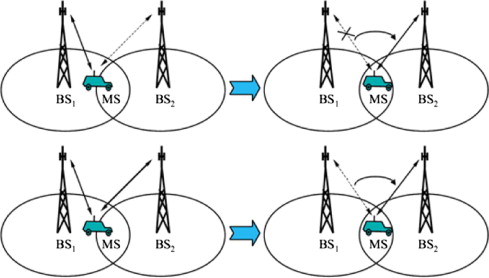
Cellular handoff
As we moved into the late 1960s and early 1970s, the popularity of mobile communication was increasing but radio systems were becoming overcrowded and inefficient. Government alongside industry leaders had to step in to standardize and improve its infrastructure.
The United States through the Federal Communication Commission (FCC) and regulatory bodies in Europe saw the potentials of cellular system and began allocating frequencies for it. However, the first operational cellular network was launched in Tokyo, Japan in 1979 by Nippon Telegraph and Telephone (NTT).
Its success shaped mobile phone history because it encouraged other countries to develop their own network. For example: Nordic countries (Denmark, Finland, Norway and Sweden) launched the Nordic Mobile Telephone (NMT) System in 1981.
The United States followed suit by launching an Advanced Mobile Phone System (AMPS) based on Bell Labs research. It was implemented by AT&T in 1983 and then became the standard for analog cellular networks in North America.
So the 1G networks are basically analog, this means that they transmit voice in analog signals, making the network vulnerable to noise and interference. There was also another issue that happens with calls that occurs due to the way the system was designed.
That said, the development of 1G network was right on time because it was introduced around the same time the Motorola DynaTAC 8000X was launched in 1983. Throughout the 1980s, 1G grew fast, spreading across Europe, North America, and Aisa.
Each call had specific frequency that placed restrictions on the number of callers that can be connected at once with each other. There was no such thing like privacy due to the fact that conversations could be altered easily.
Despite these limitations, 1G network represented a huge moment in mobile phone history because it made wireless voice calls possible. Its success ushered us into the world of digital 2G networks that came around in the 1990s.
Digital Revolution: 2G
The 1990s saw the invention of 2G digital networks which brought in some notable improvements in call quality, security, and data transmission. The mobile phone history then took a different turn; here is what happened.
In a bid to standardize the mobile communication system that would work across borders in Europe, the Global System for Mobile Communications (GSM) initiative was set up as the outcome of the Conference of European Posts and Telecommunication (CEPT) of 1982.
It would take several years of development before the standard for GSM was finalised in 1987. The standardization was very detailed, it covered areas like specifications for mobile devices, base stations and the infrastructure needed to run the network. The first commercial GSM network was then launched in Finland by Radiolinja to officially usher us into the 2G era.
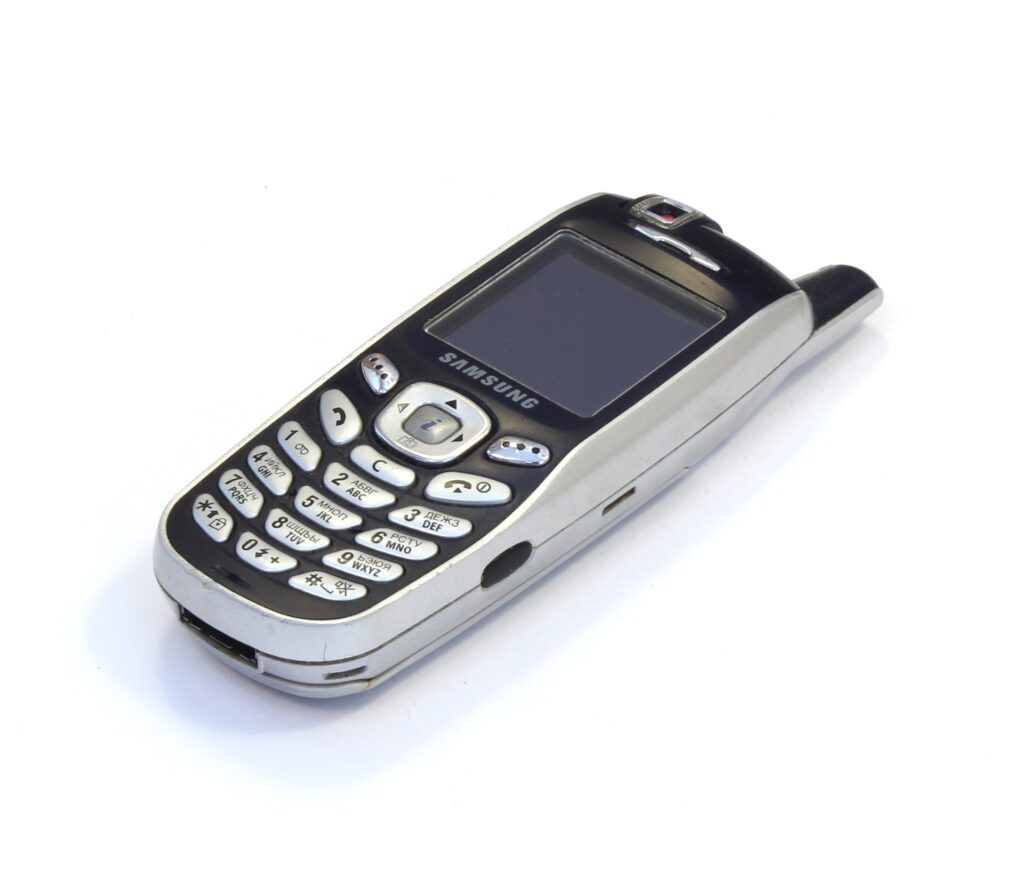
Early 2G phone with antenna
The GSM networks was successful and so by the mid-1990s, it adoption was spreading rapidly across Europe, Asia and Africa. However, it had stive competition from Code Division Multiple Access (CDMA) technology in the United States because CDMA was already being used by some carriers.
The mobile phone history had a remarkable record during this period. For the first time, we witness the ability of phones to send SMS messages. Also, mobile phones sizes began to shrink and so in 1996, Motorola released the StarTAC as a comfortable handheld device that can fit in nicely into your pocket. At this stage phones were beginning to look more like personal items.
In 1999, mobile phones history was updated again, this time a Wireless Application Protocol (WAP) was introduced to enable mobile phones access the internet. Although it was slow at that time but it will only take time before it would get better, up to the point that it paved way for the invention of smartphones.
3G and the Smartphone Era
By the time we got to the early 2000s, 3G networks arrived as a result of the increasing demand for data at faster rate and global standardization. The invention of 3G happened after the International Telecommunication Union initialised a project called IMT-2000 (International Mobile Telecommunication – 2000) to define the specification for the third-generation mobile network.
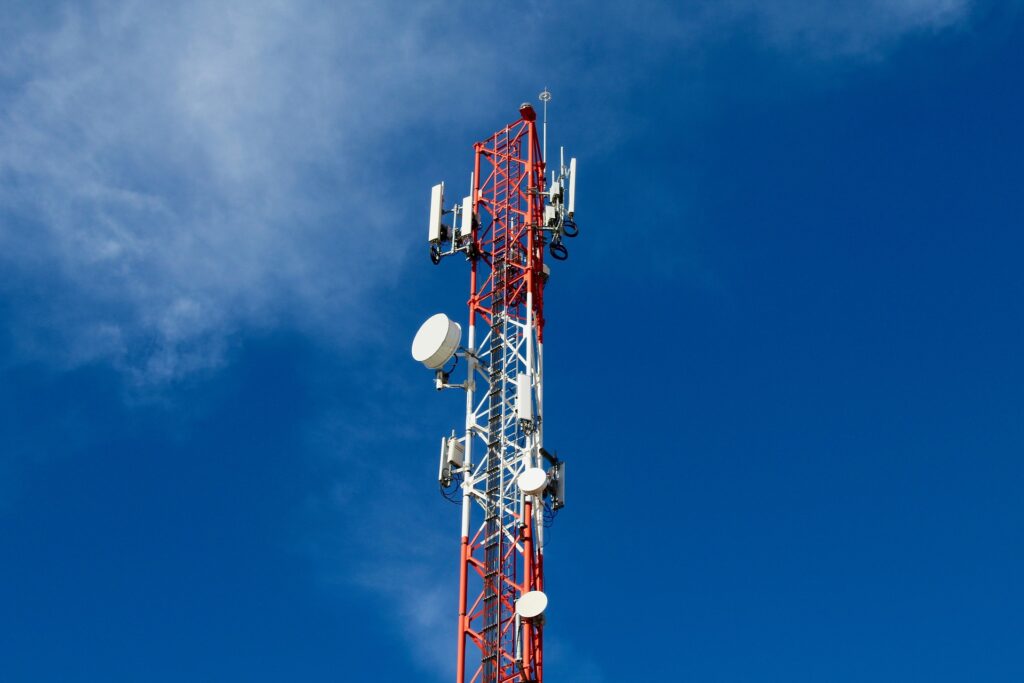
Base Station
The collaborative effort of several organizations and companies across the world made the first commercial 3G network launched in 2001 by NTT DoCoMo in Japan possible. It offered faster data speeds, multimedia services, mobile internet access, improved voice quality and global roaming. It ushered in new style of mobile devices like BlackBerry.
Blackberry happened to be among the first to dominate this scene, it had a small keyboard that is accompanied by a screen, and it was designed with a strong focus on messaging. It soon became professional’s favourite, offering a unique way to send and receive messages on the go. Several successful models where launched which made BlackBerry phones even more popular.
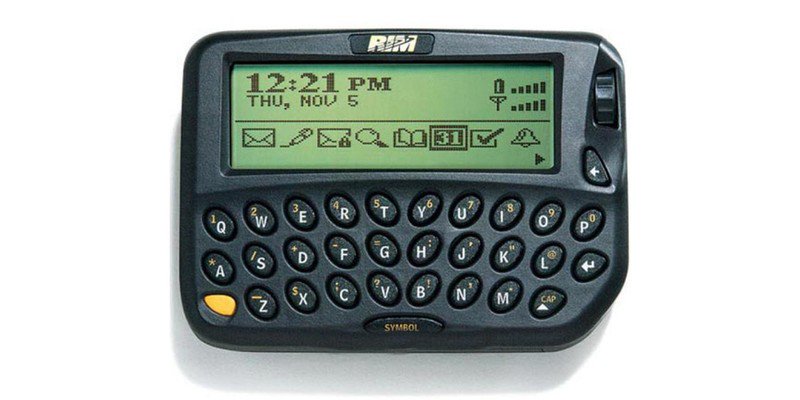
BlackBerry 850 – The First BlackBerry
In 2007, the iPhone arrived with Steve Jobs introducing it to the world. It had a sleek design, large touchscreen and made an astonishing moment in mobile phone history. The Apple iPhone transformed mobile phones from what it was into becoming an all-in-one entertainment and productivity device.
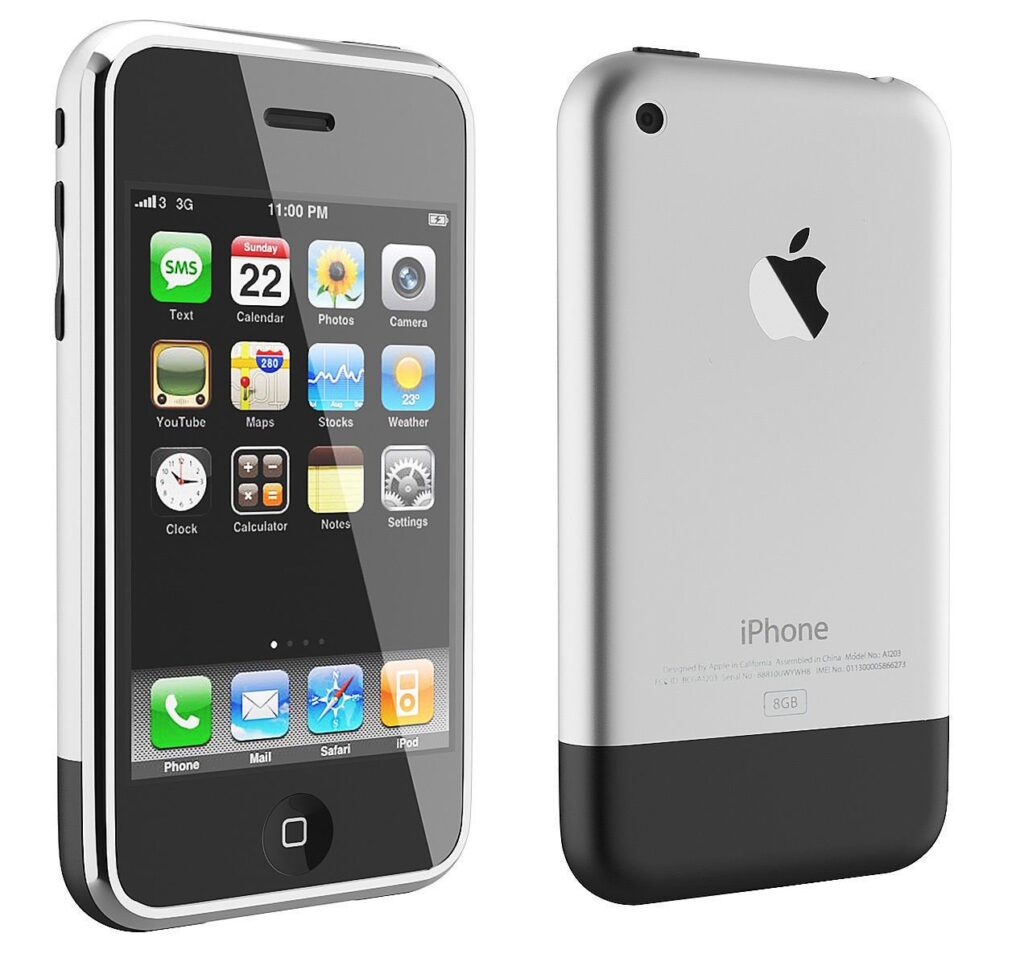
The first iPhone
The App Store was also launched the following year in 2008 to be precise, making apps of different purposes accessible on mobile. Google then followed suite with the launch of Android OS as open-source software that allowed manufacturers create their very own smartphone and integrate it inside. This led to the rapid growth of Android and the invention of variety of smartphones with diverse features.
4G and a new world of Possibilities
By the time we got into the 2010s, mobile phones weren’t just for call or texting; they had now turned into powerful computers that can be held in your hand. 4G networks, particularly the LTE (Long-Term Evolution) standard offered super-fast internet speeds.
People could now stream high-definition videos, play online games and make video calls with ease. The world of apps then exploded with apps like Uber allowing users to order a ride to their destination. At this point, mobile phones have fully become a part us.
With smartphones becoming more powerful and having more capabilities,we started seeing the rise of mobile photography Apps like Instagram, Snapchat and mobile payments like Apple Pay, Google Pay etc. which eliminated the need for cash.
5G Revolution and Beyond
As we move into the 2020s, 5G networks began to roll out offering huge promises of greater internet speed that would connect millions of devices ranging from cars to refrigerators and even enabling smart cities and autonomous technologies. It is still in the workings though.

Mobile phones themselves have continued to evolve. We now have foldable phones like Samsung Galaxy Fold and Motorola Razr. Also mobile phones are now becoming more intelligent with AI integrated inside to better user experience.
And so the journey of mobile phones which began as a simple wireless dream have transformed into a remarkable piece that is now an extension of us. It is in fact no longer a tool for just communicating but also for learning and connecting with the world in real time. As technology continues to advance, the chapter in mobile phone history will bring more groundbreaking innovations and make the world more connected much more than ever before.


